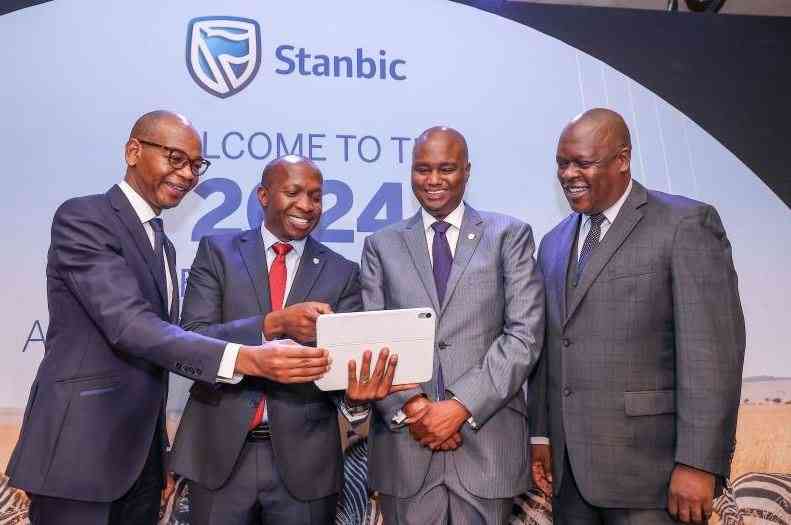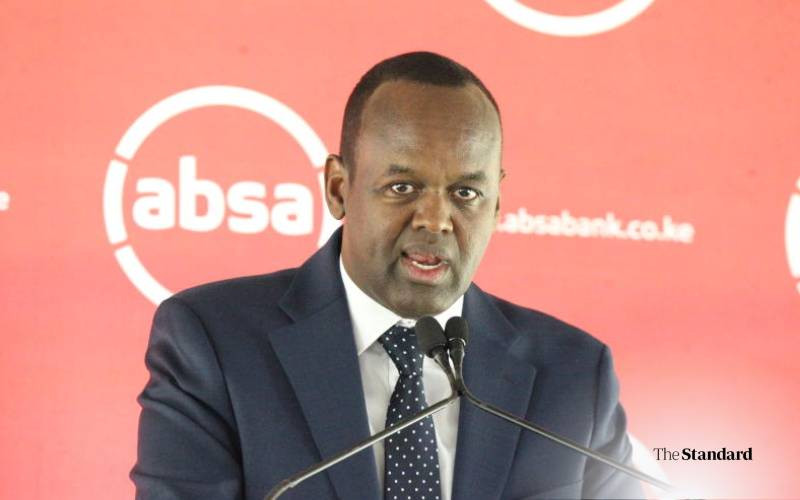
As the familiar adage goes, information is power, and those who have it hold sway over those who do not.
Such a scenario is best demonstrated by information asymmetry, whereby one party in a transaction or relationship has more or better information than the other.
This explains the root cause of many misunderstandings, inefficiencies, and even injustices in systems—whether at workplaces, in service delivery, or society at large; this imbalance is everywhere.
Information asymmetry, if left unaddressed, can breed mistrust, poor decision-making, and broken systems, eventually diluting the overall customer experience.
Take the modern workplace, for instance. Specialisation of labour, while essential for efficiency and mastery, often creates pockets of knowledge that only a few people understand.
Those in finance know some things that the Human Resource (HR) department doesn’t.
IT, on the other hand, guards processes that no one else can decode, while senior managers are privy to data and processes that junior teams don’t have access to.
Information imbalance
While specialisation is necessary, it inadvertently fuels information asymmetry. And when teams can’t see the full picture, they can’t make smart decisions—they wait, guess, or disengage. This information imbalance becomes a challenge for organisations seeking customer centricity.
Over time, it becomes a chain reaction: bottlenecks grow, collaboration weakens, and mistrust quietly sets in.
It is also evident in service delivery, especially where service charters exist. In theory, a charter is supposed to reduce ambiguity—it tells customers what to expect.
But in practice, many of them are designed to protect institutions more than to inform the customer.
They highlight what looks good and bury the limitations in fine print, if at all. The result? Clients walk into an experience expecting one thing, only to be met with “terms and conditions” that were never clearly communicated.
This form of asymmetry isn’t always malicious, but it is deeply damaging. Because trust isn’t just built on what’s said—it’s built on what’s not withheld.
Stay informed. Subscribe to our newsletter
The same imbalance shows up when individuals or institutions take risks because they know someone else will bear the cost—a situation known as moral hazard.
Imagine a team leader who makes a poor decision, fully knowing that the blame will fall on the frontline staff. Or consider an organisation that overpromises services, convinced that its reputation will shield it from any backlash.
Without mutual visibility and accountability, individuals behave in ways they wouldn’t if the risk were shared. This is information asymmetry in action—one side wielding more control with fewer consequences.
Even before relationships or transactions begin, asymmetry plays a significant role. Adverse selection occurs when one party has crucial information that the other lacks during the decision-making process—such as a job applicant overstating their strengths or a customer underestimating their expectations during onboarding.
Since the truth isn’t visible at the outset, the other party makes decisions based on incomplete or biased information, ultimately facing repercussions later. Moreover, the damage is not solely operational; it’s relational. Trust is undermined before it even has a chance to develop.
In each of these cases, the issue is not simply about communication—it’s about who possesses the truth and who does not.
When that truth isn’t shared or is selectively revealed, the entire system becomes fragile. Information asymmetry creates power imbalances, slows collaboration, and breeds cynicism among people who once believed they were part of something transparent and fair.
So, whether we’re designing systems, leading teams, or serving people, we have to ask: Where are the gaps in what people know, and how are those gaps affecting the way they show up?
At the end of the day, clarity isn’t just a courtesy—it’s an act of empowerment. Without it, we’re not just miscommunicating; we’re undermining the very trust that holds everything together.
The writer is the founder, The Loop Consulting, and an adjunct lecturer at a local private university
 The Standard Group Plc is a
multi-media organization with investments in media platforms spanning newspaper
print operations, television, radio broadcasting, digital and online services. The
Standard Group is recognized as a leading multi-media house in Kenya with a key
influence in matters of national and international interest.
The Standard Group Plc is a
multi-media organization with investments in media platforms spanning newspaper
print operations, television, radio broadcasting, digital and online services. The
Standard Group is recognized as a leading multi-media house in Kenya with a key
influence in matters of national and international interest.
 The Standard Group Plc is a
multi-media organization with investments in media platforms spanning newspaper
print operations, television, radio broadcasting, digital and online services. The
Standard Group is recognized as a leading multi-media house in Kenya with a key
influence in matters of national and international interest.
The Standard Group Plc is a
multi-media organization with investments in media platforms spanning newspaper
print operations, television, radio broadcasting, digital and online services. The
Standard Group is recognized as a leading multi-media house in Kenya with a key
influence in matters of national and international interest.











